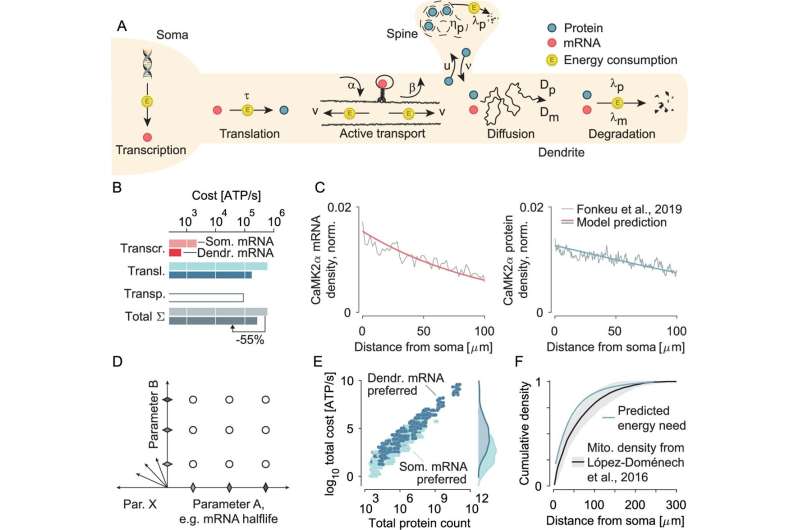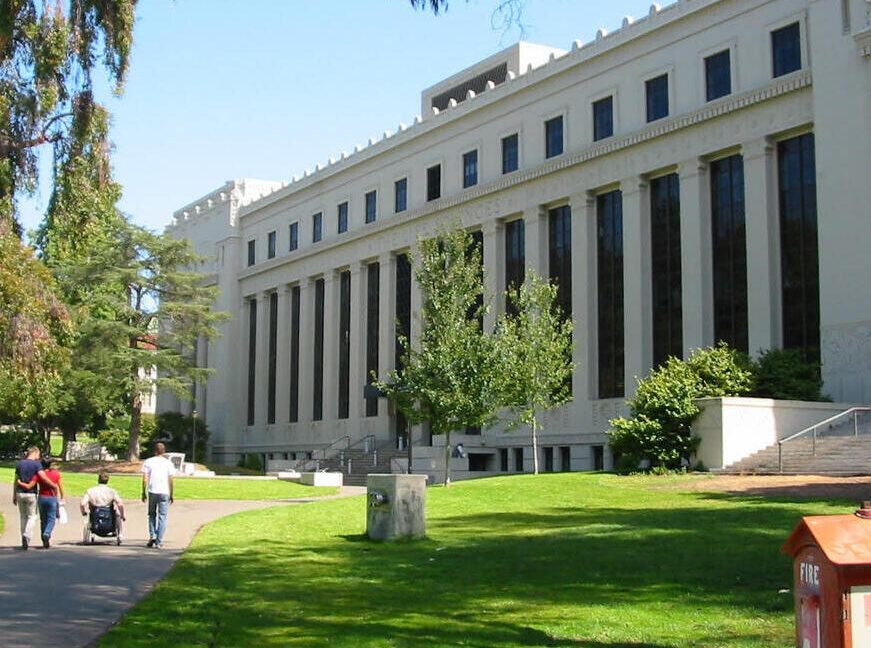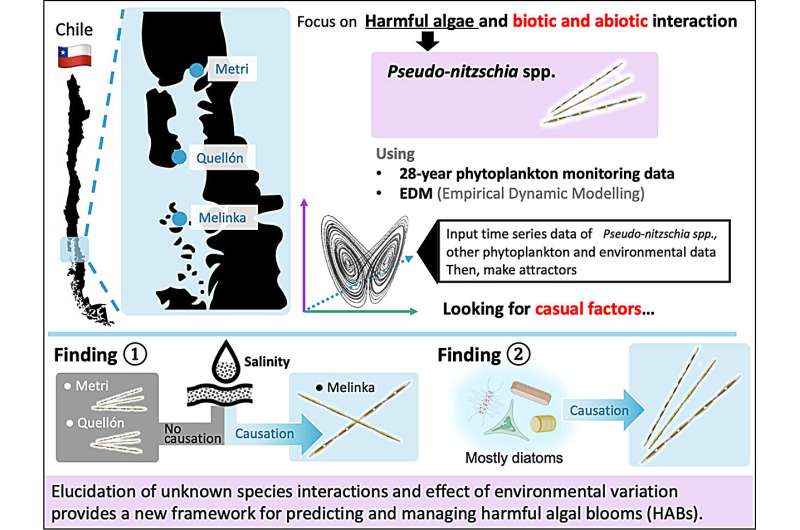Edit Content
Trending






Harmful algal blooms, sometimes called HABs, occur when algae grow out of control. Algae are photosynthetic organisms that mostly live in water and rely on the sunlight for energy. Because of climate change, the frequency and intensity of harmful algal blooms are increasing globally. Researchers at Hiroshima University have uncovered new insights into how algae species interact with each other and their environment in coastal waters.
The research was published in Marine Pollution Bulletin on 15 December.
“This study aimed to understand how harmful algal species interact with other phytoplankton and environmental factors like temperature and salinity. This understanding is crucial because harmful algal blooms have been increasing in frequency and intensity in Chile, causing substantial damage to the aquaculture industry, particularly salmon farming, which is vital to Chile’s economy as the world’s second-largest salmon producer,” said So Fujiyoshi, an assistant professor at Hiroshima University’s The IDEC Institute in Hiroshima, Japan.
The study analyzed these algal-algal species interactions through a statistical tool called empirical dynamic modeling, which can map relationships within a system using long-term data. This study used phytoplankton monitoring data that had been collected for 28 years to find out if temperature, salinity, or other phytoplankton species had an impact on the growth of Pseudo-nitzschia, one of the most common algal species groups found in harmful algal blooms.
This species group is known to produce a neurotoxin called domoic acid. It contaminates shellfish and fish and can cause a rare illness called amnesic shellfish poisoning (ASP) if eaten. The symptoms of ASP include vomiting, nausea, diarrhea, headache, confusion, short-term memory loss, seizures, and, in rare cases, death.
“We discovered that Pseudo-nitzschia has complex interactions with other algal species. Our findings also suggest that salinity might have a more significant influence than temperature, which was previously thought to be a key factor. This discovery could improve our ability to predict harmful algal blooms,” said Fujiyoshi.
The researchers emphasized that the empirical dynamic modeling method is only the start to understanding the interactions between Pseudo-nitzschia groups and other algal species. The next step would be real-world ecological observation.
Looking ahead, the research team hopes to use what they learned to create a biological prediction model for harmful algal blooms.
“The next steps would include additional environmental parameters, particularly nutrient variation due to upwelling, investigating the specific mechanisms behind how different phytoplankton species influence Pseudo-nitzschia, and developing these findings into a practical prediction model that could help protect the aquaculture industry,” said Fujiyoshi.
More information:
Ishara Uhanie Perera et al, Causal interactions among phytoplankton and Pseudo-nitzschia species revealed by empirical dynamic modelling, Marine Pollution Bulletin (2024). DOI: 10.1016/j.marpolbul.2024.117432
Provided by
Hiroshima University
Citation:
Tracking algae species interactions to help predict harmful algae blooms (2025, February 7)
retrieved 7 February 2025
from https://phys.org/news/2025-02-tracking-algae-species-interactions-blooms.html
This document is subject to copyright. Apart from any fair dealing for the purpose of private study or research, no
part may be reproduced without the written permission. The content is provided for information purposes only.
©2024. Livebuzznews. All Rights Reserved.